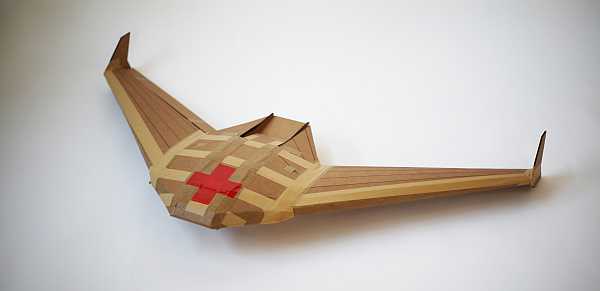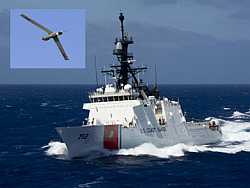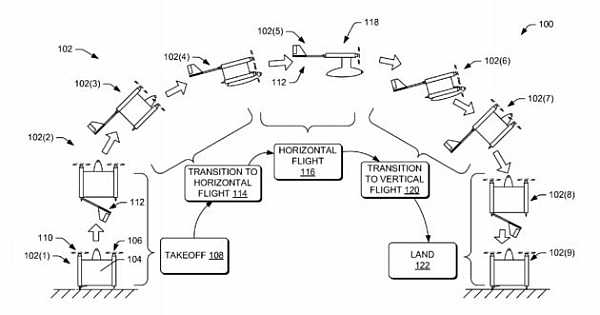Podcast: Play in new window | Download (Duration: 33:52 — 19.4MB)
Subscribe: Google Podcasts | Email | RSS
DARPA calls for drones that vanish, the U.S. Coast Guard tests the ScanEagle, more Amazon drone patents, a shortage of military drone pilots, Microsoft drones for good, the Trump administration’s regulatory policy throws confusion at the UAS industry, 3DR operates drones at the Atlanta airport, and a biometric drone based on the bat.
UAV News
These mushroom-based drones eat themselves at mission’s end
Inbound, Controlled, Air-Releasable, Unrecoverable Systems (ICARUS), is a DARPA program “driven by a vision of vanishing air vehicles that can make precise deliveries of critical supplies and then vaporize into thin air.” Small items could be supplied/resupplied to military or humanitarian assistance teams operating in difficult-to-access areas, and then the drones would dispose of themselves.
San Francisco-based R&D firm Otherlab is responding with Aerial Platform Supporting Autonomous Resupply Actions (APSARA) drones which will ultimately be made from mycelium, a mushroom-based material. See their press release, Industrial Paper Airplanes for Autonomous Aerial Delivery.
Coast Guard Conducts small Unmanned Aircraft System Testing On Cutter Stratton
The U.S. Coast Guard tested a small unmanned aircraft system (sUAS) on the national security cutter (NSC) Stratton. Deployment on Stratton planned is for this winter, initially using the ScanEagle sUAS.
USCG resources:
- Acquisition Update: Coast Guard Conducts Small Unmanned Aircraft System Testing On Cutter Stratton
- USCG Unmanned Aircraft System page
Amazon’s latest drone patent features foldable wings for flippable flight
Amazon has another patent for a delivery drone concept, this a foldable-wing design. With wings folded, the drone is stable on the ground for a vertical takeoff. Then the wings unfold for horizontal flight and fold again for the landing.
Another Amazon patent was recently published for a system for determining the center of gravity for a delivery drone payload. The drone can then adjust the payload position to balance itself in flight.
Air Force and Army Should Improve Strategic Human Capital Planning for Pilot Workforces
This U.S. Government Accountability Office press release states, “The Air Force and the Army have not fully applied four of the five key principles for effective strategic human capital planning for managing pilots of unmanned aerial systems (UAS) that are important for resolving the Air Force’s pilot shortages and the Army’s training shortfalls.”
Microsoft’s Mosquito-Tracking Drones Could Save Lives
In 2015, Microsoft announced Project Premonitions, which envisions using drones to detect mosquito breeding areas. In June 2016, Microsoft formed the Aerial Informatics and Robotics (AIR) group. Their goal is to develop autonomous drones that use machine intelligence, robotics, and human-centered computation.
Drone Industry Fears Trump Turbulence in Rule Expanding Flights
The Trump administration first froze new regulations, then issued an executive order requiring that for every new regulation, two old ones must be identified for elimination. The impact on the drone industry is uncertain since new regulations are needed for flight over people, enabling package delivery, etc.
The FAA gave the first ever go-ahead for a drone to fly at a major airport
The FAA granted the waiver for flight in Class B airspace. 3D Robotics conducted seven flights on January 10, 2017, at Hartsfield-Jackson Atlanta International Airport. The mission was data collection for a demolition project.
Video of the Week
Bat Bot Wins Flexible Flier Miles
An extremely flexible flying robot called the “Bat Bot” is made from a carbon fiber skeleton and a silicon membrane wing. This was reported in the Science Robotics article, A biomimetic robotic platform to study flight specializations of bats.
Mentioned
Drones set to invade accounting profession



